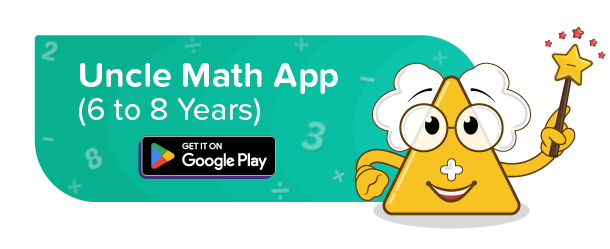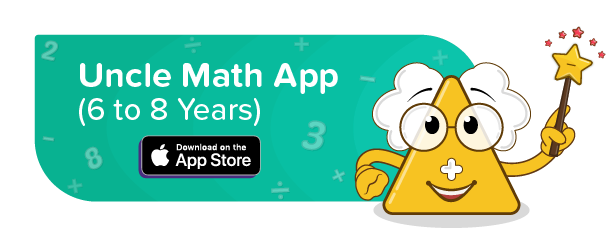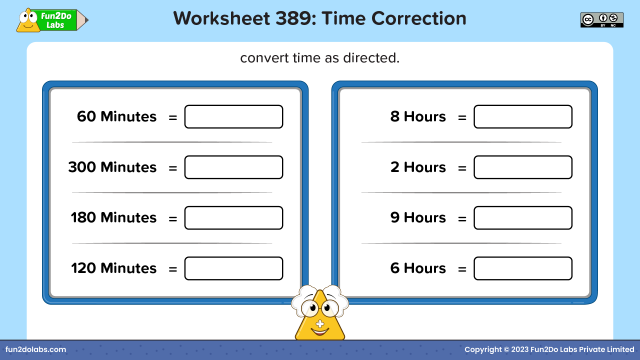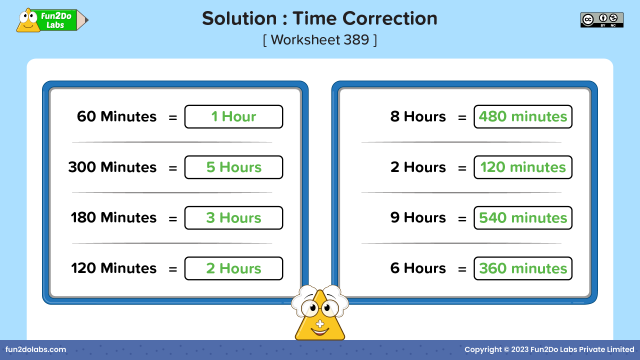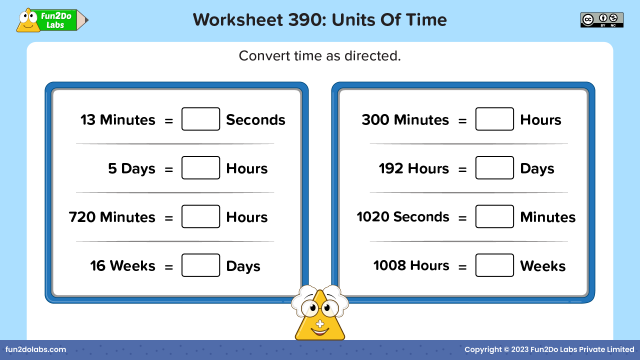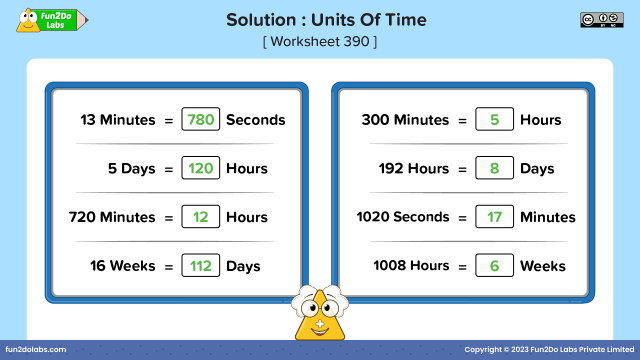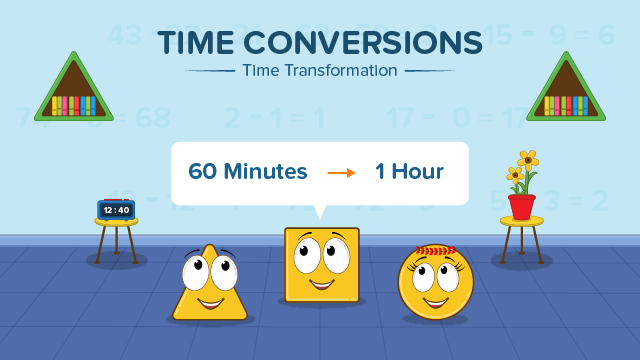
This teaching guide is designed to help primary school students understand and master the concept of time unit conversion. The guide provides a step-by-step approach, incorporating activities and examples to engage students and enhance their understanding of time conversions. The guide is divided into sections, each focusing on a specific time unit and its conversion to other units.
Time is measured in seconds, minutes, hours, days, months, and years. In this section, we will look at the different units used to measure Time and the conversion formulas needed to convert a value from one unit to another.
We can begin this topic by asking about the general routine of the child, like waking up, eating breakfast, going to school, etc., then explaining that time can be measured in different units like seconds, minutes, and hours. There exists a relationship between seconds, minutes, and hours :
60 minutes make 1 hour
3,600 seconds (60 minutes x 60 seconds) make 1 hour
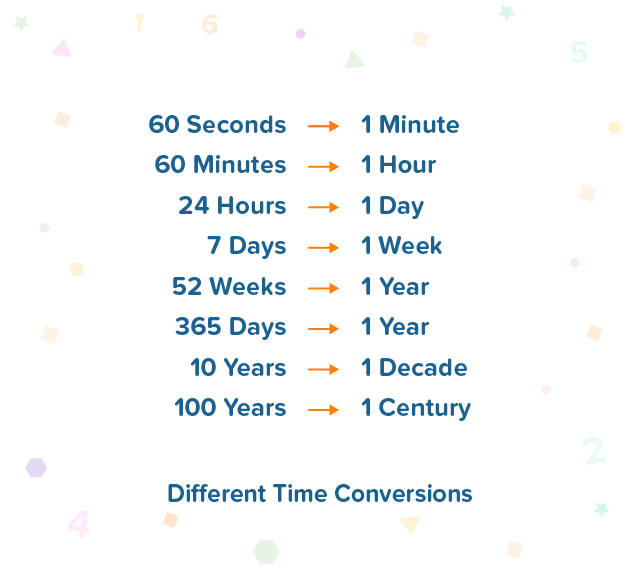
Normally, we follow the rule of multiplying for converting bigger units to smaller units and the rule of division for converting smaller units to bigger ones.
Conversion of days into hours :
As 1 day = 24 hours, so simply on multiplying the given number of days with 24 will convert it into hours.
For example, 5 days will be converted to hours simply as
5 x 24 = 120 hours.
Conversion of days and hours into hours :
First convert days into hours by multiplying the given number of days with 24 then add hours to it.
For example, 5 days and 3 hours will be converted to hours simply as
5 x 24 = 120 hours + 3 = 123 hours.
Conversion of hours into minutes :
As 1 hour = 60 minutes, so simply on multiplying the given number of hours with 60 will convert it into minutes.
For example, 5 hours will be converted to minutes simply as
5 x 60 = 300 hours.
Conversion of hours and minutes into minutes :
First convert hours into minutes by multiplying the given number of hours with 60 then add minutes to it.
For example, 5 hours and 3 minutes will be converted to minutes simply as
5 x 60 = 300 hours + 3 = 303 minutes.
As 1 minute = 60 seconds, so simply on multiplying the given number of minutes with 60 will convert it into seconds.
For example, 5 minutes will be converted to seconds simply as
5 x 60 = 300 seconds.
Children can be given practise with variety of conversion problems that involve multiple time units. For example :
“Convert 4,500 seconds to hours and minutes.”
Continued practice and reinforcement of these concepts will ensure students’ confidence in dealing with time conversions in their daily lives.
Teaching time conversions with kid-friendly, clear, and easy-to-understand posters from Uncle Math School by Fun2Do Labs :
Learning time conversions can be made enjoyable by incorporating interactive games and activities.
Hours, minutes and seconds
This is a fun-filled activity for a group of kids. This can prove useful for teaching different time conversions.
- All kids can be grouped into hours, minutes, and seconds teams.
- One representative from any team can be called to pick up any number card, and then the respective teams need to do the required conversions and report the answer, Quick responses from any team get rewarded with the score.
- For example, if a kid from the hours team picks up 7, then the minutes and seconds teams report the answer in their respective units.
7 x 60 = 420 minutes by minutes team
7 x 60 x 60 = 25, 200 seconds.
Complexity can be increased by calling kids from different teams together.
Help your kids practise time conversions with interesting and engaging fun worksheets and solutions from Uncle Math by Fun2Do Labs.



